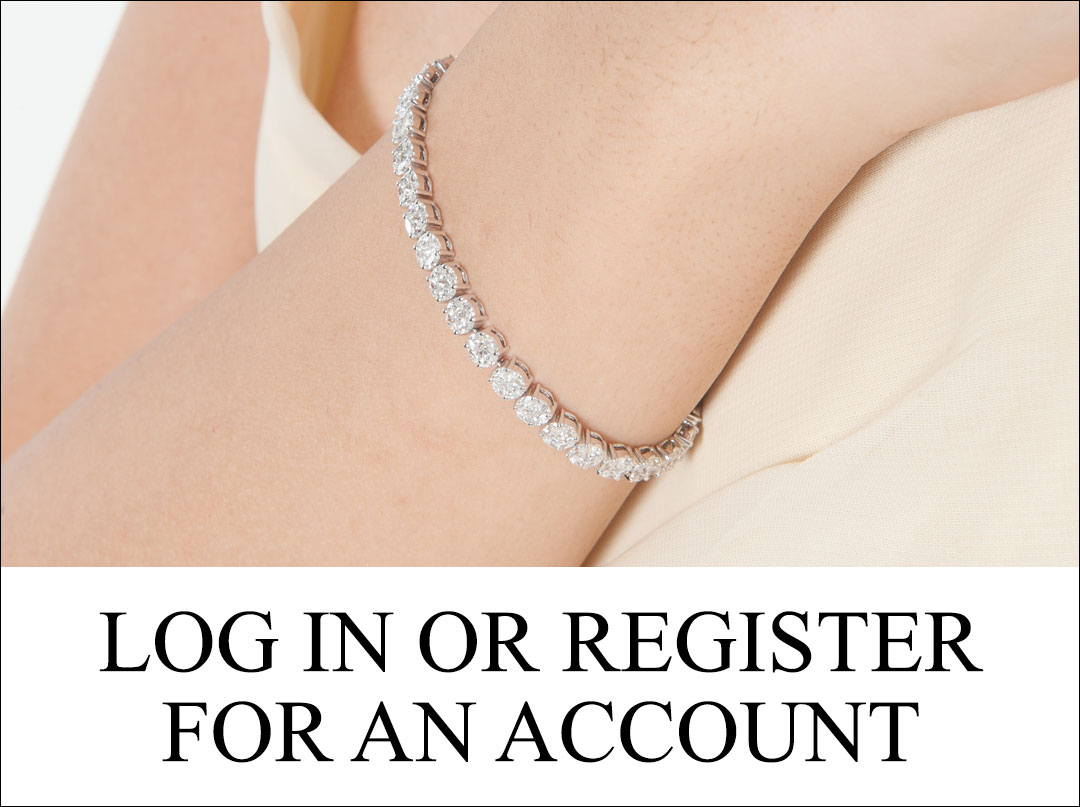Cut


Cut is considered the most important characteristic of a diamond because even if a diamond has perfect color and clarity, a diamond with a poor cut will have dulled brilliance. A good cut gives a diamond its brilliance, which is the brightness that seems to come from the very center of a diamond. The angles and finish of any diamond are what determine its ability to handle light, which affects the brilliance.
When a diamond is well-cut, light will enter through the table and travel to the pavilion where it will reflect the light from one side to the other before reflecting back out of the diamond through the table. This light refers to the brilliance of a diamond and the flashing, fiery effect that makes it so attractive.
The width and depth have a great effect on how light travels within the diamond, and how it exits in the form of brilliance. If it is too shallow, the light will be lost out the sides causing the diamond to lose brilliance. If it is too deep, the light escapes out the bottom causing the diamond to appear dark and dull.

Cut Grades
Ideal cut: Represents roughly the top 3% of diamond quality based on cut. Reflects nearly all light that enters the diamond. A beautiful and rare cut.
Excellent cut: Represents roughly the top 15% of diamond quality based on cut. Reflects nearly as much light as the ideal cut, but for a lower price.
Shallow cut: Represents roughly the top 35% of diamond quality based on cut. Still a quality diamond, but a fair cut will not be as brilliant as a good cut.
Deep cut: Diamonds that are too deep and narrow or too shallow and wide. These diamonds loose most of the light out of the sides and the bottom.
Additional Stone Cuts
Master gem cutters, mathematicians, scientists, and jewelers have been developing unique and proprietary cuts to draw the beauty out of gemstone material. Some gem cuts are created to maximize the sparkle, while other gem cuts are created to draw the viewer into the gemstone.














